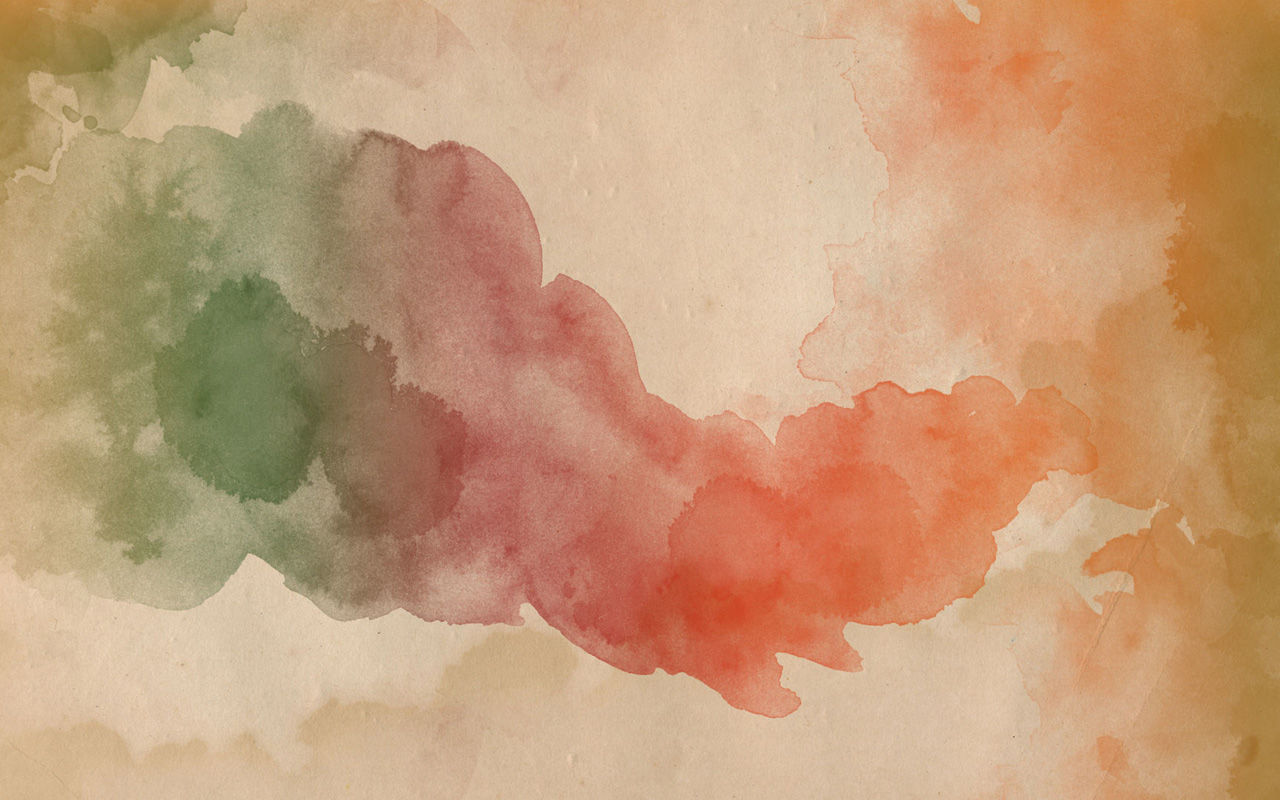Healing with the Gita

What is suffering?
Suffering has a different definition for everyone, making it a difficult emotion to define. Some of the most common types of suffering include distress, unhappiness, misery, affliction, woe, ill, discomfort, displeasure and disagreeableness.
It may come in all degrees of intensity, from mild to intolerable. Factors of duration and frequency of occurrence usually compound that of intensity.
Most suffering either emotional or psycological and can result in the following:
- Sleep disturbances
- Dramatic weight gains or loss
- Eating variations
- Anger or temper is out of control
- Compulsive/obsessive behavior
- No energy, tiredness
- Loss of memory
- Social withdrawal
- Lack of sex drive
- Unstable mood swings and inconsistent behavior
Kubler and Ross have listed Five Stages of Loss and Grief which are:
1. Denial and Isolation: a natural and temporary defense mechanism that buffers the immediate shock
2. Anger: the intense emotion is deflected from our vulnerable core, redirected, and then expressed as anger instead
3. Bargaining: an attempt to bargain with whatever God
4. Depression: a reaction to practical implications relating to loss. Sadness and regret predominate the depression
5. Acceptance: believing that everything is going to be okay and that you cannot fight it so you might as well prepare for it
Grieving is a personal process that has no time limit nor a "right way" to get through the process.
What do Hinduism and Buddhism say about suffering?
In Buddhism, liberation from suffering (dukkha) can be achieved through the practice of compassion (karuna) and mindfulness.
Dukkha has three categories:
1. Suffering or pain (dukkha-dukkha): ordinary suffering, as defined by the English word, includes physical, emotional, and mental pain
2. Impermanence or change (viparinama-dukkha): Includes anything that is not permanent and subject to change, which can also include happiness, great success, and even the purest state of bliss experienced in spiritual practice.
3. Conditioned states (samkhara-dukkha): To be conditioned is to be dependent on or affected by something else. According to the teaching of dependent origination*, all phenomena are conditioned. Everything affects everything else. This is the most difficult part of the teachings on dukkha to understnad yet it is a critical component to understanding Buddhism.
Facts About the Gita
The Gita, one of the holiest Hindu texts, begins and ends with positive life to end suffering. It states that suffering is not false nor permanent.
The cause of suffering is fabricated by thinking, perspective, beliefs, and attitude. The reason we experience suffering is due to our thoughts, desires, and actions and the soluton to suffering is to understand the underlying cause of it and transform our inner selves.
There are three main causes of suffering as stated by the Gita:
1. Mistaken Identity
We have three components to our minds:
- Conscious: personality and thought processes
- Ancient (sub-conscious and unconscious): where all past traumas are stored, overrides conscious brain (real you), personality develops over FFF (Fight, Flight, or Freeze)
- We lose our reality as past experiences (ancient) override the present (conscious): multiple personalities are a case of mistaken identities
We believe that our physical mind and bodies are subject to the process of birth and death and we identify ourselves with what we see, feel, and experience. We suffer because we view ourselves as physical and mental beings, who define themselves by how we look and what we do with our bodies.
How does one discover their true identity?
Identifying and appreciating all life crises proves an opportunity to do so. Disassociating from all false identity beliefs (roles at work, at home, in society, nationality, status, body type, etc.) is another way one can identify with their true self. Overcoming conditioned thoughts and actions such as time, occasion, and place also provide a pathway.
2. Attachment and Involvement
Attachment is the root of human behavior. It starts from childhood and manifests itself in various ways. Our first attachment is with ourselves: what we are, our opinions, likes and dislikes, fears, concerns, dreams, desires. Quite often, attachment prevents us from thinking clearly. Greed, anger, selfishness, pride, and envy arise from desire, and desire arises from attachment.
With that being said, there are two facets to one's personality - introvertedness and extrovertedness.
The extrovert part is the part of yourself that you experience every day whereas the introvert part has a sense of truth and attachment without being attached. It provides self-realization and a process of liberaetion, leading one to realize that there is no difference between birth and death.















